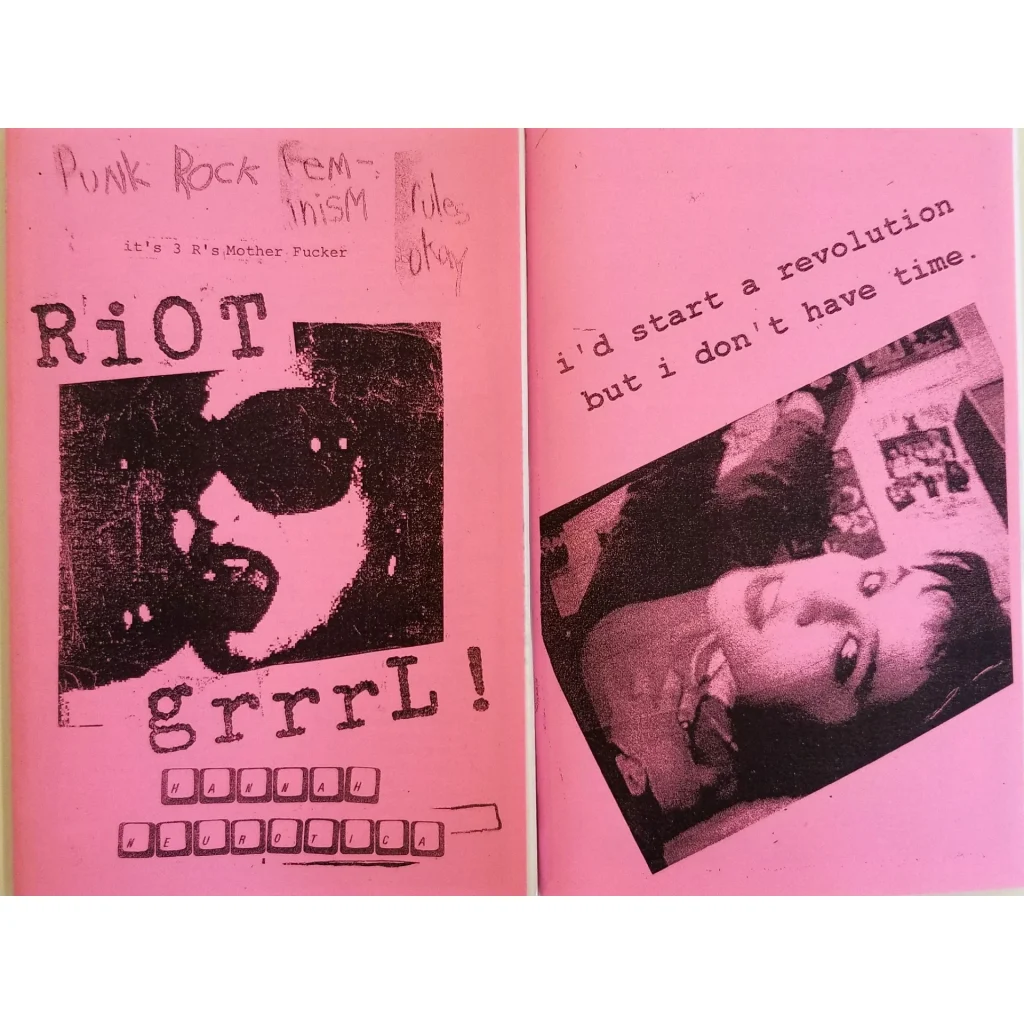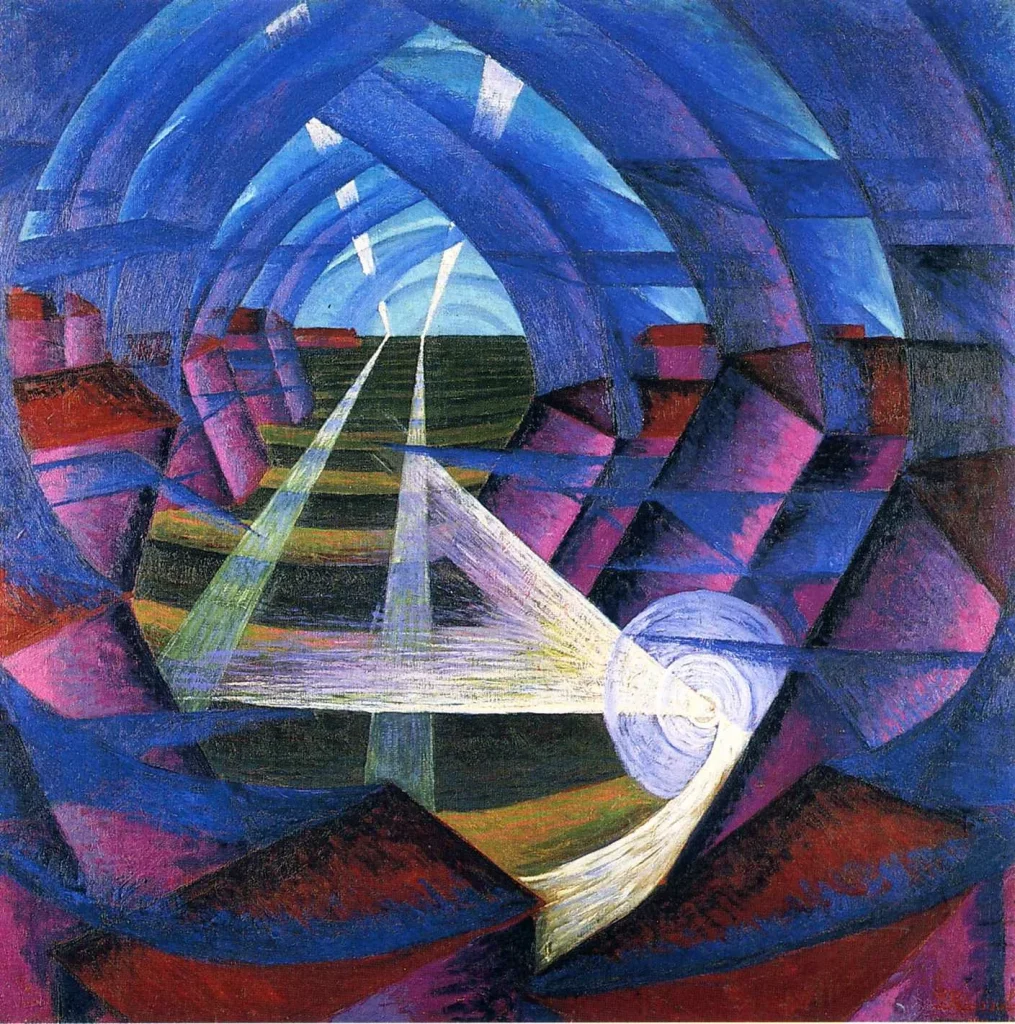
The origins of video dance trace back to the late 19th century, when advancements in technology and science inspired intellectuals and artists to find ways to capture the fleeting nature of human movement. By the 20th century, artists began to view the screen as a lens to reveal endless possibilities for expressing movement. This shift marked a pivotal moment in the arts, leading to the development of hybrid practices where visual and performing arts converged to create innovative performances. As a result, an increasing number of events dedicated to video dance emerged, including the Filmdance Festival at the Public Theater in New York, directed by Amy Greenfield in 1983, and the Eyes wide open performance at the Dance Theatre Workshop in New York, organized by James Byrne in 1989. Choreographer Merce Cunningham also contributed to this emerging field through his collaboration with South Korean artist and videographer Nam June Paik on Merce by Merce (1978), a film regarded as a manifesto of video dance. The field of video dance also transitioned from analog dance filming (dance for camera) to digital choreography, with many artists embracing digital tools as the ideal medium for transforming the experience of movement into choreographic objects.

Today, video dance works represent tools for preserving and transmitting the cultural heritage of dance, with numerous research projects focused on developing innovative transmedia strategies to share the intangible knowledge embodied in dance performances. Video dance festivals play a key role in this process, providing workshops and research environments that foster exploration and discussion. These festivals offer vital spaces for comparing and analyzing different interpretations of video dance, allowing for a deeper understanding of its evolution across various contexts and countries. Prominent platforms dedicated to sharing knowledge and advancing the practice of video dance include IMZ Dance Screen (Austria), Dança em Foco (Rio de Janeiro), MOVES: International Festival of Movement on Screen (Manchester), Dance Camera West (Los Angeles), the International Dance Film Festival (Yokohama), along with many others.

Over the past 30 years, video dance has been integrated into the performing arts in innovative ways, establishing a broad, multidisciplinary field of exploration. It has made significant contributions to various types of expression, including interactive theater performances, dance exhibitions in museum spaces, digital architecture, video mapping installations in urban environments, and even extended reality (XR) and 360° cinema productions. This versatility has allowed video dance to expand the boundaries of artistic performance, offering new spaces for creativity and audience engagement.
This according to the featured article by Letizia Gioia Monda in DEUMM Online.

































 A well-worn 1951 LP in Schultz’s collection by the pianist
A well-worn 1951 LP in Schultz’s collection by the pianist 
